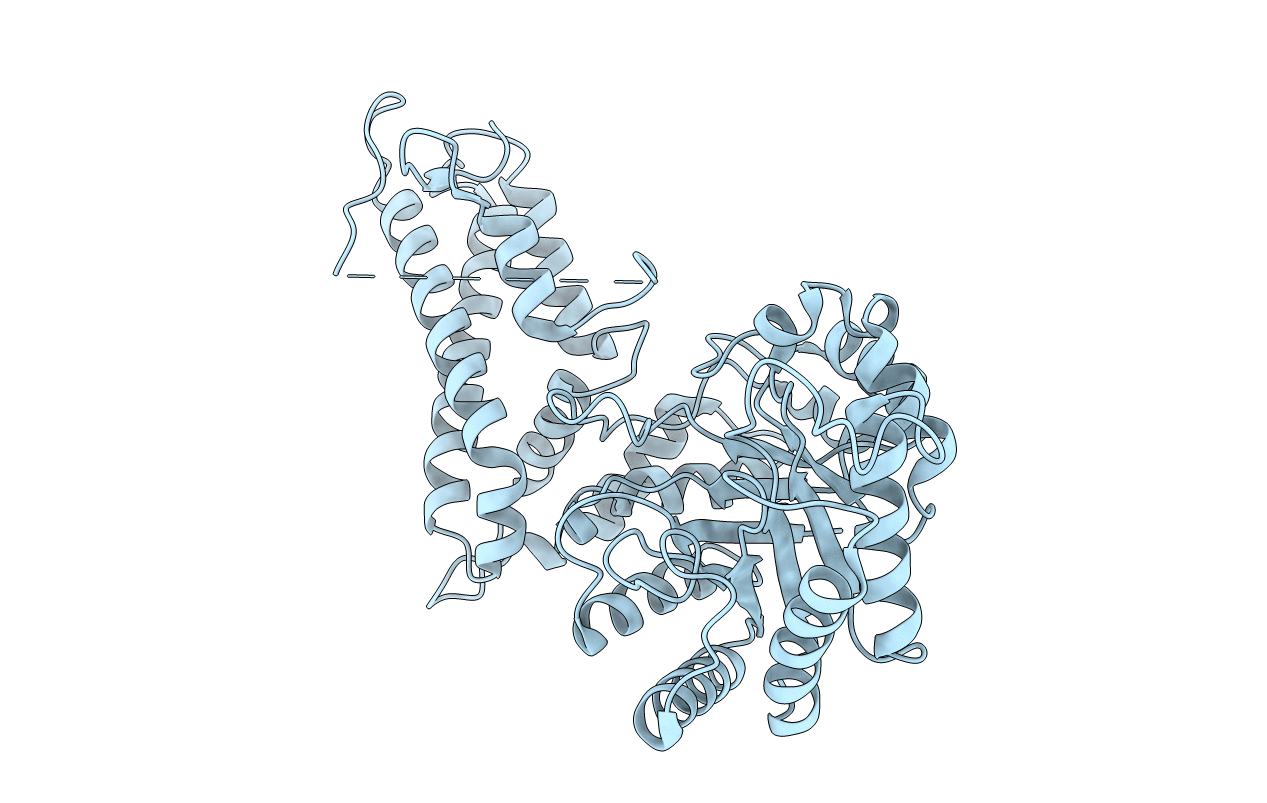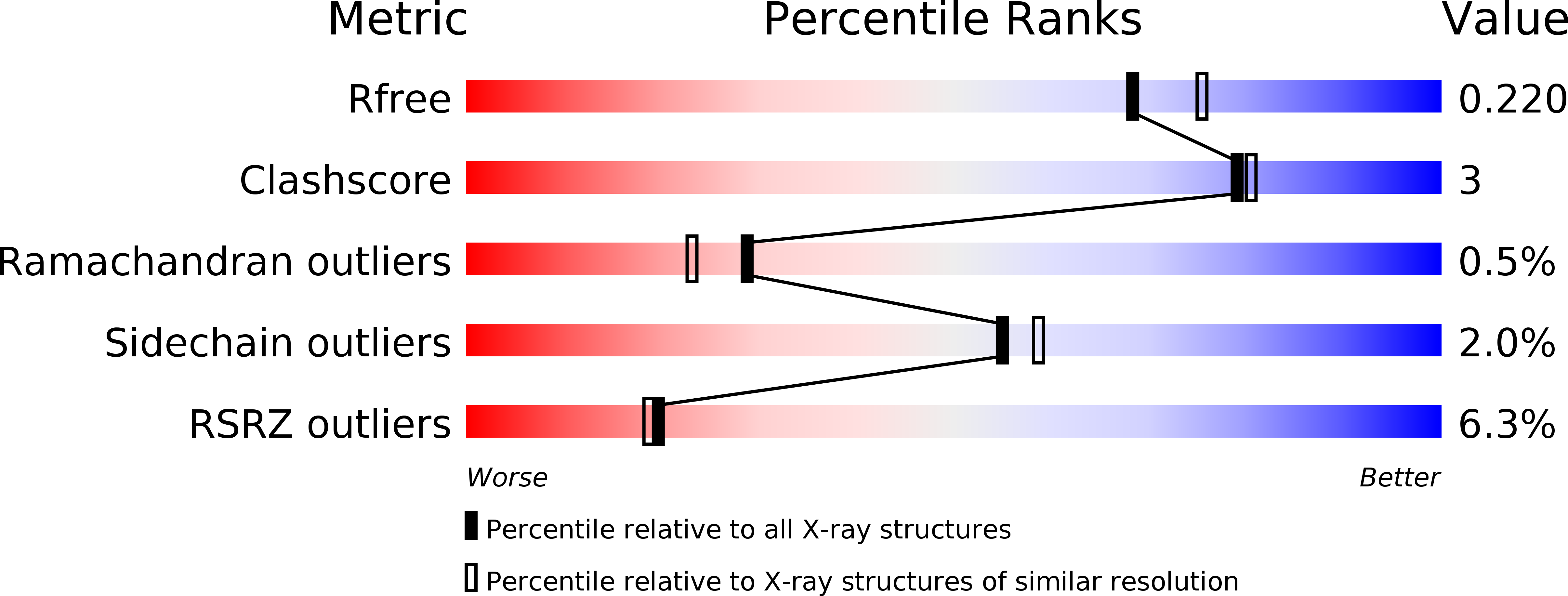
Deposition Date
2010-09-27
Release Date
2011-03-23
Last Version Date
2024-05-08
Entry Detail
Biological Source:
Source Organism:
OCEANICOLA GRANULOSUS (Taxon ID: 314256)
Host Organism:
Method Details:
Experimental Method:
Resolution:
2.00 Å
R-Value Free:
0.22
R-Value Work:
0.18
R-Value Observed:
0.18
Space Group:
C 1 2 1


